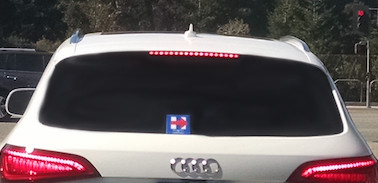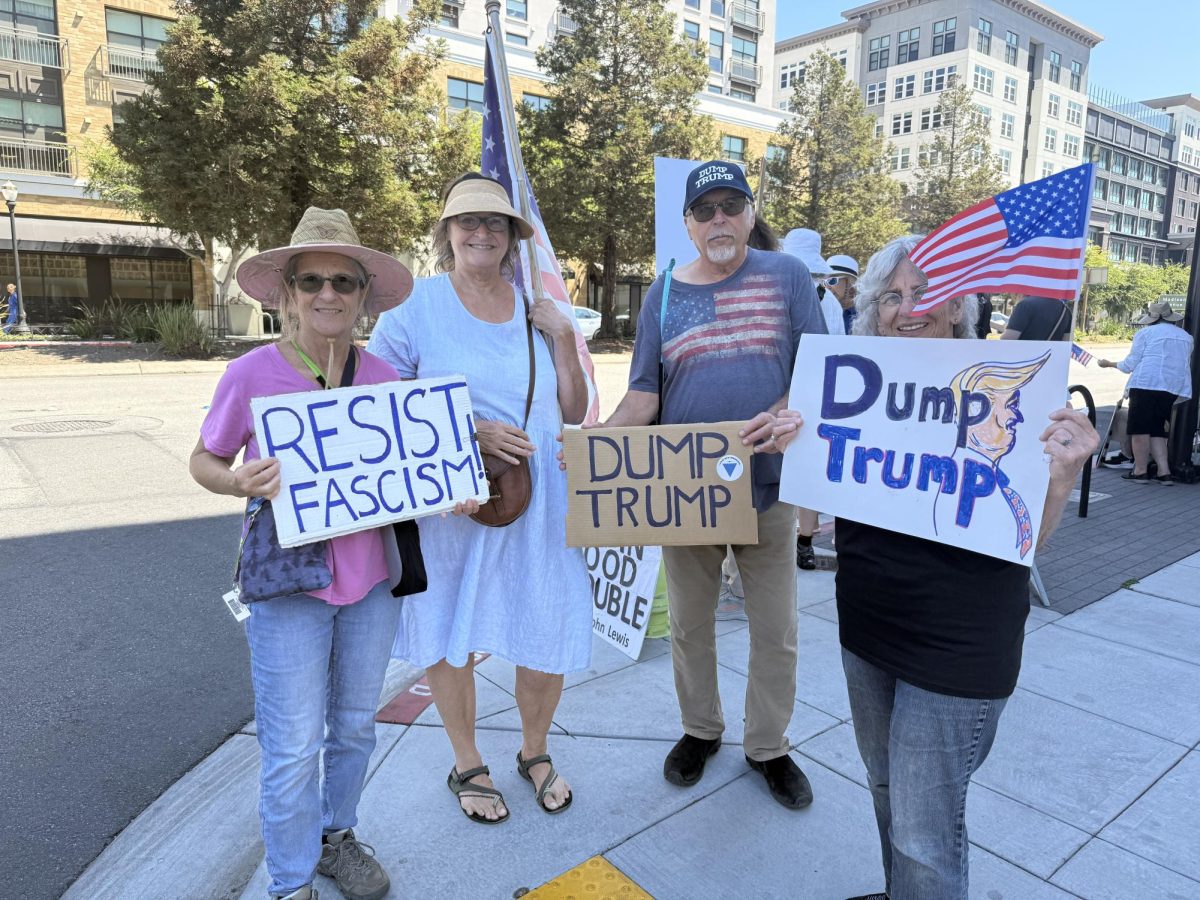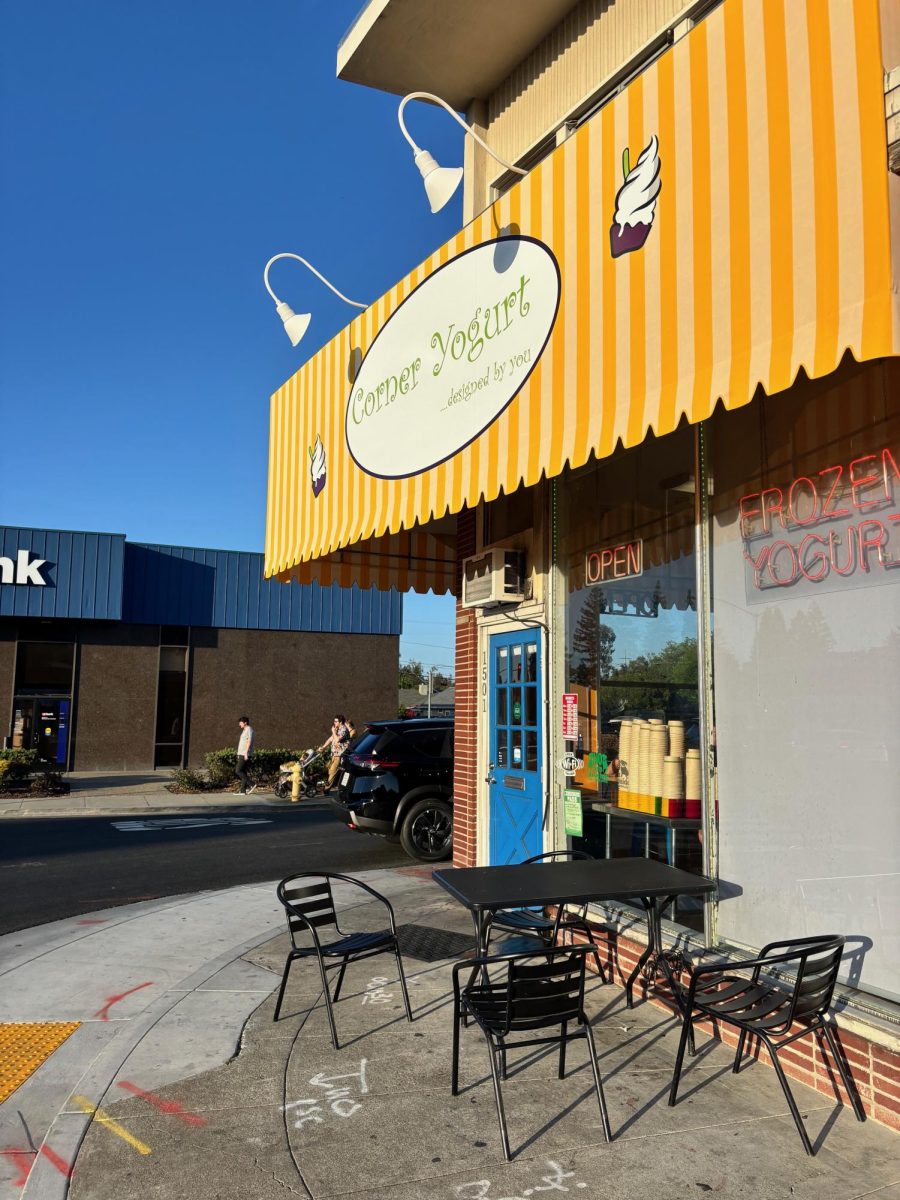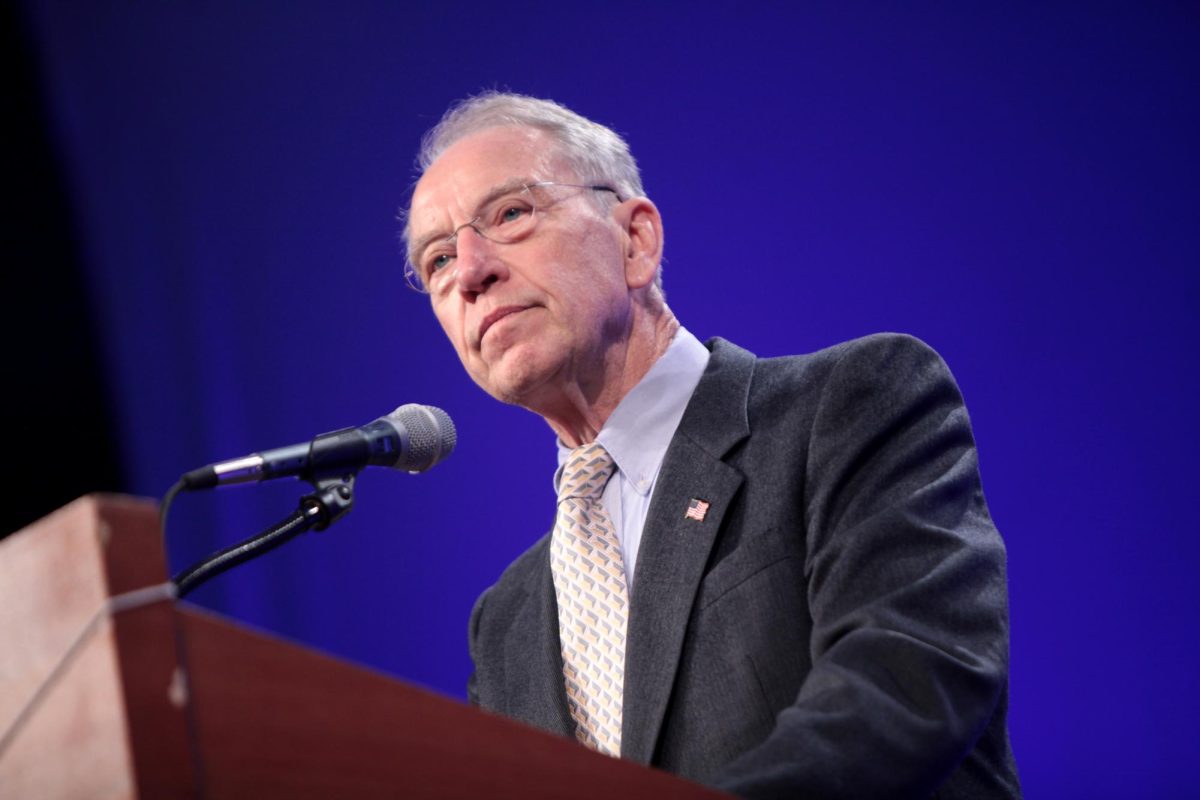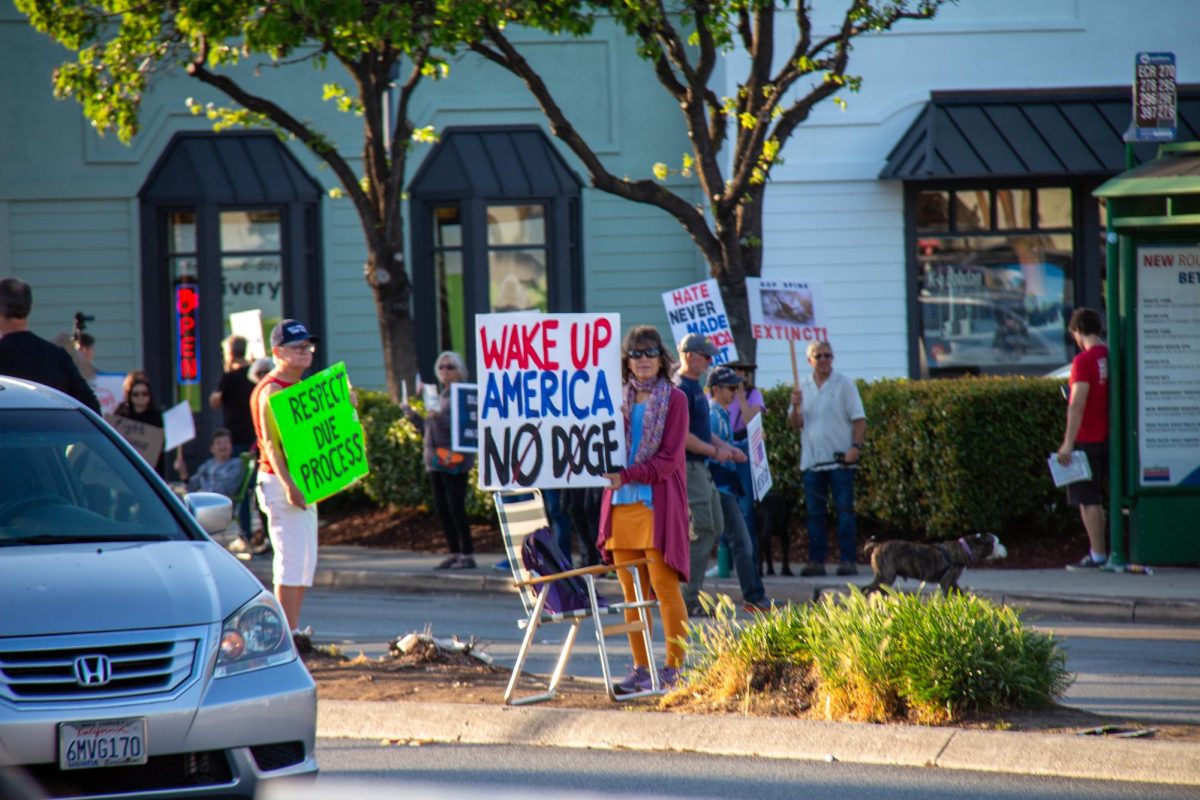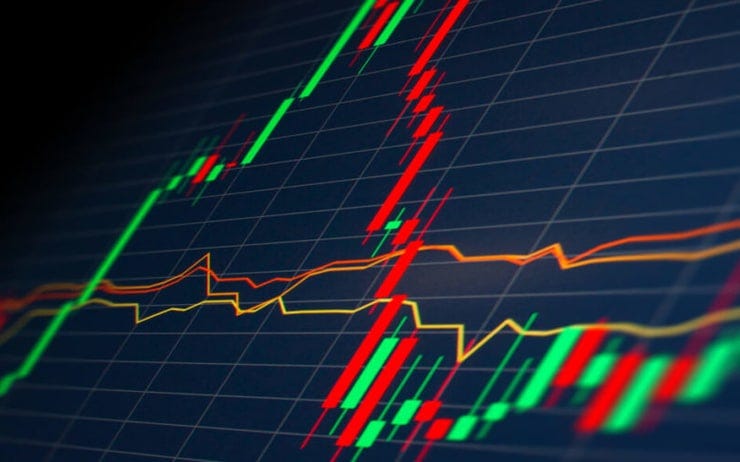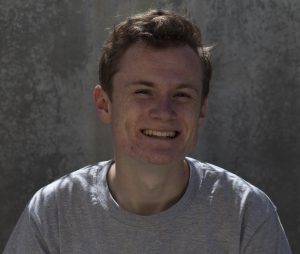WOODSIDE, CA- Woodside seniors have the unique opportunity this year of being able to participate in their first presidential election as 18-year-olds.
The town of Woodside is situated in Silicon Valley: one of the most Liberal Areas in one of the most Liberal states in the country (it hasn’t voted for a Republican since 1988). However, with both candidates polling so unfavorably with young people, analysts feel that the younger demographic may be a wild card this election season. Some first-time voters feel neither candidate is doing a good job.
“When this election came along, of course, all of the choices just sucked,” admitted Senior Sofia Costantini, who will be voting for Republican candidate Donald Trump this election.
In one of the most controversial election seasons in recent memory, the whole country, including young people, has been captivated by the drama and controversy surrounding both current major candidates. Hillary Clinton and Donald Trump, in return, have tried everything from using millennial slang to whipping and nae-nae-ing for the young people’s votes. The question now is how 18-year-olds at Woodside are responding.
The answer to that question lies in what issue they consider to be the most important. For a large number of students at Woodside, this issue is gay and transgender rights. The Clinton campaign has been the only major campaign to address this directly, declaring that she would try to pass the (Gay) Equality Act, which would ban discrimination based on sexual orientation.
“Being a San Francisco native and being in one of the most Liberal places in the country, [gay rights are] a big one for me,” Woodside Senior Xander Peck commented, also adding that he would be voting for Hillary Clinton in November.
Another popular and controversial issue among young Democratic voters is the topic of abortion. While abortion is legal in the United States, many (mostly Republican) states have set regulations making running abortion clinics nearly impossible.
While Trump has changed his views more than once on the issue, he declared himself pro-life on the primary debate stage in Houston. Clinton, on the other hand, has declared herself an ally of Planned Parenthood on her website and on the campaign trail.
“I couldn’t support a candidate that didn’t support women and abortions,” said Dominic Schillace, another Clinton voter at Woodside.
As to be expected, local, young Trump supporters tend to come from different backgrounds and hold different political issues to be important. When it comes to mitigating the flow of undocumented immigrants entering the country, no candidate can compare to Trump’s ideas and policy proposals (most prominently: the wall).
“My family all came from different places,” added Sofia Costantini. She continued, saying, “I would never be as racist as him and [say], ‘All Mexicans are [criminals].’”
When interviewing student voters at Woodside, one major policy issue seemed to be missing from everyone’s minds: equality in the economy. According to a poll of voters ages 18-29 conducted by Michael Xenos of the University of Wisconsin at Madison, the economy is by far the most important issue, with 58% of this demographic considering it their most crucial problem.
While this may seem strange, the Woodside voter phenomenon is also explained in Xenos’ research, writing, “When we dug deeper, we found young people don’t primarily explain a need for ‘equality’ in economic terms, instead tending to focus on identity issues and ongoing inequities based on gender, sexuality, and race.”
With new information emerging on which issues are most important to young voters, Clinton and the Democratic party are making a push to win over more young voters through the High School Democrats of America (HSDA). The group’s self-proclaimed mission is to advocate for student voice within the Democratic party.
When asked about how the HSDA was working to get high schoolers to register, the chair of HSDA in California, Anna Little-Sana, told the Woodside World that Hillary is “much better for students than Donald Trump and she reflects the experience of the student much better.” She continued, “I like to tell young people… …that the Democratic Party has student-centered platforms, we have a student advisory council in our party. They care about the students.”
When it comes down to brass tacks, most campaigns just want to get young people to come out and vote at all. According to civicyouth.org, only 19.9% of 18-29 year-olds voted in the 2014 congressional elections.
When asked how she approached young, potential voters, Little-Sana said, “I want to encourage all people to pursue political activism, even if their not views that I agree with.”


